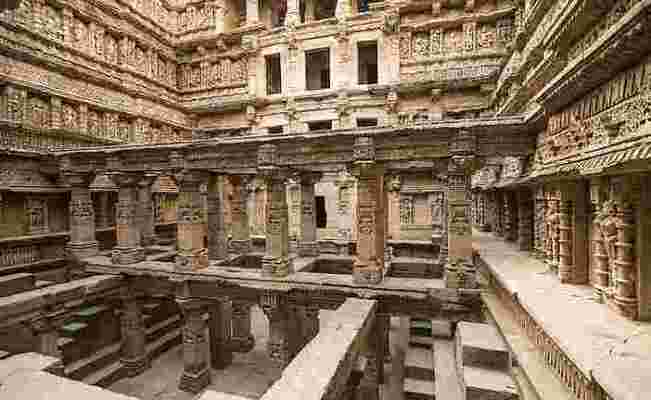
From the dawn of our species to the present day, stone-made artifacts are the dominant form of material remains that have survived to today concerning human technology. In this article, we explore the history of existence of dimension stone in India.
India possesses a wide spectrum of dimensional stones that include granite, marble, sandstone, limestone, slate, and quartzite, spread out all over the country. India is also amongst the largest producer of raw stone material and the sectors is quite developed and vibrant in the South, as well as in Rajasthan and Gujarat, with a dedicated resource of entrepreneurs. India also has an indigenous resource of machinery and tool manufacturers which cater well to the demands of this sector.
The Indian stone industry has evolved into the production and manufacturing of blocks, flooring slabs, structural slabs, calibrated – ready to fix tiles, monuments, tombs stones, sculptures, artifacts, cobbles, cubes, kerbs, pebbles and landscape garden stones.
Traditional use of Stones in India:
India’s history, dating back to 3200 BC has been influenced considerably by the disposition, development and use of stones and other construction materials. Dimension stones have also left deep imprints on the architectural heritage of the country. Innumerable temples, forts and palaces of Ancient Indian Civilization have been carved out of locally available stones. The Taj Mahal at Agra was constructed from Indian marble. Some of the rock-cut structures include Khajuraho Temple, Elephanta Caves, and Konark Temple. Besides, all major archeological excavations have revealed exquisitely carved statuettes and carvings in stone. Ancient Buddhist monuments like the Sanchi Stupa of 3rd century BC have also been carved out of stone.
This tradition of Stone Architecture has continued to the present era, with most of the important modern buildings in India like the Presidential House, Parliament House, and Supreme Court made from high quality sandstone of Rajasthan. The Bahá’í House of Worship of New Delhi stands testimony to the relevance of marble in modern Indian architecture.
Stones are still the mainstays of civil construction in India, with stones being used extensively in public buildings, hotels, and temples. It is increasingly being used in homes, with the use of stones now penetrating amongst the growing middle class of India.
The success of commercial stone industry solely depends upon defects in rock/stone. Natural defects in ornamental/commercial rock deposits adversely affect the quality of rock deposit. Detection of natural defects in decorative and dimensional stone industry play vital role in the quality assessment.
India is pioneer in the exploration, mining of commercial rock deposits and in establishing a firm base for stone industry. India, with an estimated resource of about 1,690 million cu m, comprising over 160 shades of Dimension Stone Granites (DSG), accounts for about 205 of the world resources. Of the 300 varieties being traded in the world market, nearly half of them are from India.
Commercially viable granite and other rock deposits are reported from Andhra Pradesh, Bihar, Gujarat, Karnataka, Madhya Pradesh, Maharashtra, Orissa, Rajasthan, Tamil Nadu, Uttar Pradesh, and others.



